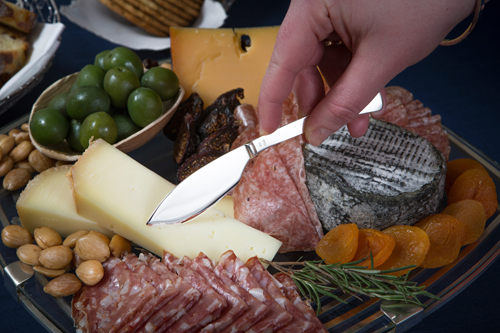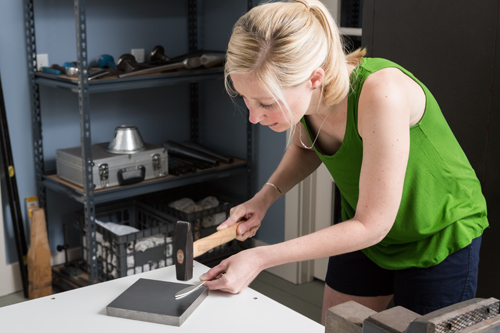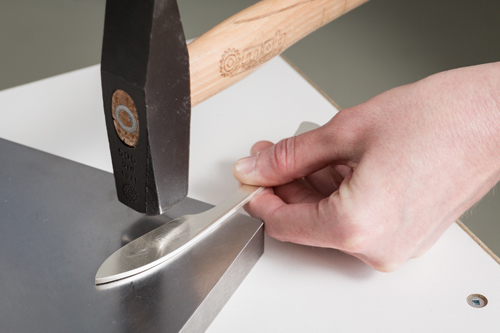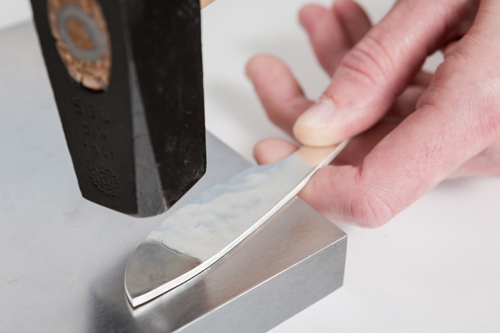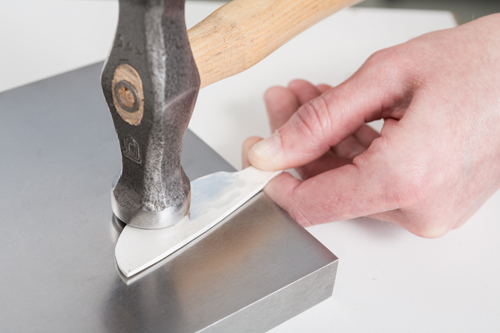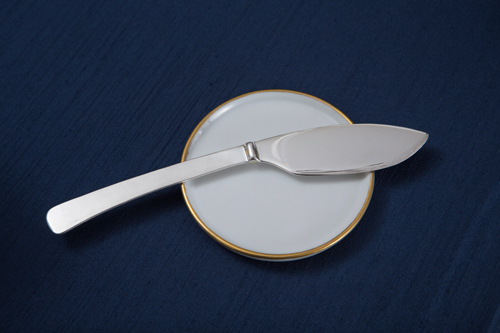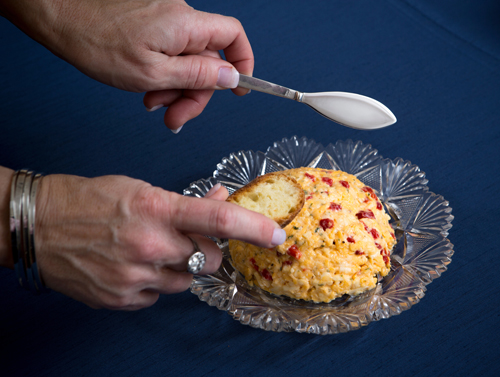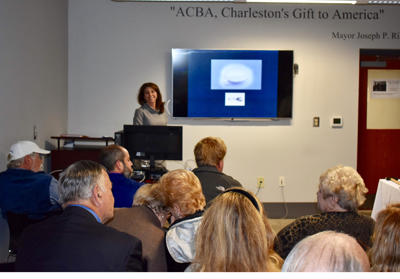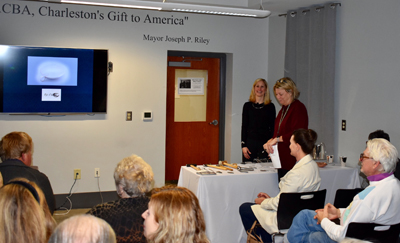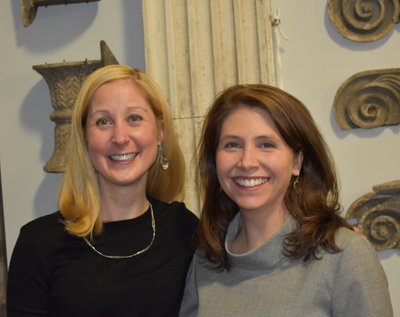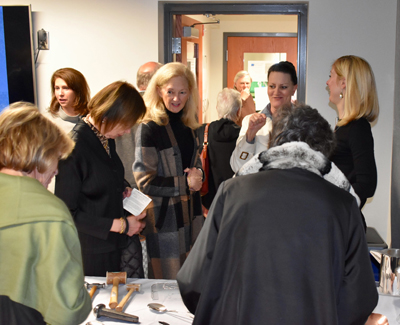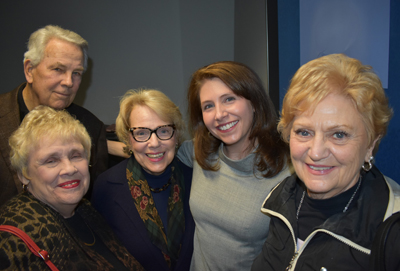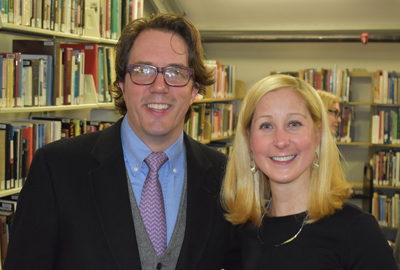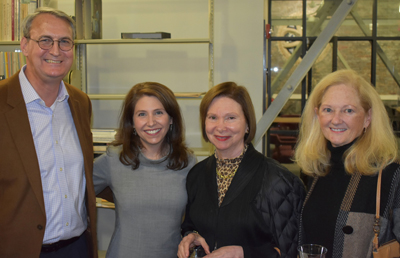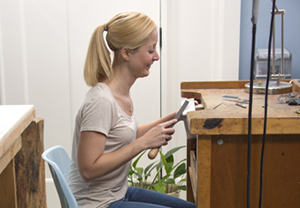Charleston Silversmithing Lecture at American College of the Building Arts
Thursday, March 7 at 6pm
Brandy S. Culp, Richard Koopman Curator of American Decorative Arts at the Wadsworth Atheneum, and I will give a lecture presentation titled Charleston Silversmithing, Traditions from Past to Present at the American College of the Building Arts in Charleston, SC about colonial Charleston silversmithing and how my contemporary silversmithing relates to it.
It is open to the public, but seating is limited and reservations can be made by emailing handall@acba.edu. There is no admissions fee for attending the lecture, however you may reserve a seat ahead of time by making a donation of any size that is meaningful to you. Included with your reservation is an invitation to meet the speakers at a private reception following the presentation. Without a reservation, seating will be on a first-come, first-served basis.
Lecture Description:
In the eighteenth century, Charleston’s favorable economic circumstances spurred a healthy luxury goods market, especially the precious metal trades. Through the centuries, the tradition of creating and collecting metalwork has continued in the Carolina Lowcountry. Brandy S. Culp, Richard Koopman Curator of American Decorative Arts at the Wadsworth Atheneum, will explore how the Holy City’s talented silversmiths and jewelers reflected the global exchange of ideas, people, and goods in early America. Ms. Culp will be joined by Kaminer Haislip, a nationally renowned and formally-trained silversmith practicing in Charleston. Together they will discuss how many of the tools and techniques employed by silversmiths and jewelers have changed very little over the centuries. From the combined perspective of a design historian and practicing silversmith, Ms. Culp and Ms. Haislip will present a splendid array of metalwork highlighting examples of Lowcountry silver—past and present—found both locally and in collections outside of the South, including notable objects in the Wadsworth’s holdings.
Brandy S. Culp is the Richard Koopman Curator of American Decorative Arts at the Wadsworth Atheneum, America’s oldest continually-operating public art museum and stewards of a collection of over 50,000 artifacts spanning 5,000 years. There she has most recently curated the exhibitions, Simply Splendid: Rethinking American Design, Bed Furnishings in Early America, and Design in the American Home, 1650 to 1850. Prior to joining the Wadsworth, Culp served as Curator of Historic Charleston Foundation, leading projects for the conservation and interpretation of the Foundation’s collection of fine and decorative arts. Before that, Ms. Culp served as the Andrew W. Mellon Curatorial Fellow in the Department of American Art at the Art Institute of Chicago. She has also held positions at the Bard Graduate Center and the Metropolitan Museum of Art. Culp graduated summa cum laude from Hollins University and received her Master of Arts degree with an emphasis in American decorative arts from the Bard Graduate Center. There she completed her thesis on the 18th century Charleston silversmith Alexander Petrie and the Carolina silver trade. The topic of metalwork remains one of her greatest interests, and she is currently working on a permanent exhibition of the Wadsworth’s English and American silver collections.
A
native of Aiken, South Carolina, Kaminer Haislip grew up in her family’s
hardware store. Amidst the story-telling locals and tools for sale, she was
inspired at a young age to create three-dimensional objects ranging from
sculpture to jewelry. Haislip received both a BFA in jewelry and metals and an
MFA in silversmithing, design, and sculpture from Winthrop University, where
she studied under Alfred Ward, an internationally acclaimed English
silversmith. After graduating in 2005, she moved to Charleston and established
her studio. Nationally recognized for her
craftsmanship, Haislip was most recently featured in the Museum of the City of
New York’s exhibition Silver: Then and Now. Her handcrafted metalwork has
been shown internationally and highlighted by numerous media outlets, including
Antiques and Fine Art, Metalsmith, The Magazine
Antiques, Traditional Home, Elle Décor, Garden & Gun, Southern Living,
Charleston Magazine, and Handcrafted America. Haislip has also
collaborated with Reese Witherspoon’s southern lifestyle company, Draper James,
to create exclusive objects that reflect the South’s rich metalworking history.
Inspired by Charleston’s extensive
silversmithing tradition, Haislip is dedicated to carrying forth that legacy.
Hand-forging her flatware, hollowware, and jewelry, she uses the very tools and
techniques employed by silversmiths for centuries, yet her metalwork reflects
her unique approach to contemporary design.
American College of the Building Arts
649 Meeting Street
Community Room
Charleston, SC 29403
http://www.acba.edu
